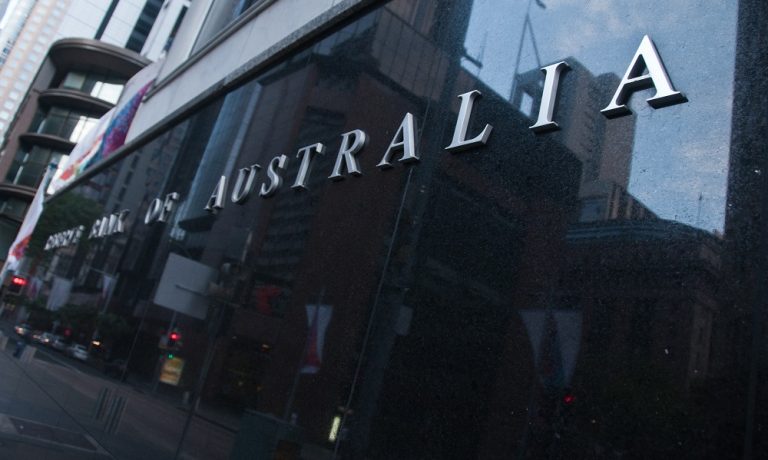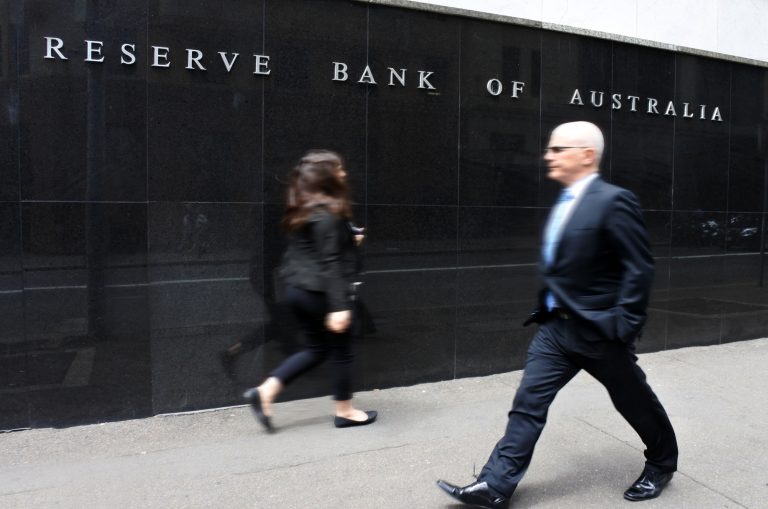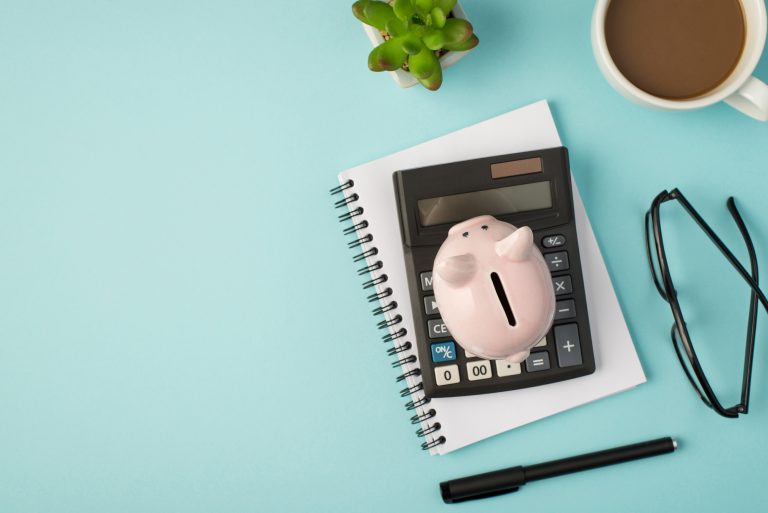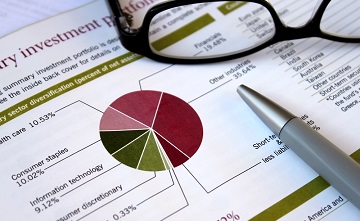Achieving financial freedom
What does financial freedom mean to you? The ability to travel the world and build a dream home? Or to be able to enjoy a simple but active retirement, and…

What does financial freedom mean to you? The ability to travel the world and build a dream home? Or to be able to enjoy a simple but active retirement, and…

Resilience is the ability to quickly recover from setbacks, and while setbacks can come in many forms most of them will have a financial component. So what can you do…

Ever glanced at a list of different managed funds and wondered why some have remarkably low fees compared to others? Chances are, the ones with lower fees are index funds,…

Global growth is forecast to slow and remain below its historical average in 2024, reflective of tighter monetary policy in advanced economies, as well as a soft outlook for China….

Australia’s annual inflation rate has taken an unexpected step up, increasing pressure on the Reserve Bank to push interest rates higher and once again raising the prospect that Australia will…

In the quest for financial stability and success, we often focus on tangible elements like earning more money, saving diligently, or investing wisely. But have you ever stopped to consider the…

The newest generation of young investors were raised during the Age of Information. Growing up alongside the internet, this generation has been exposed to more information and technological advancement than…

As investors navigate through unpredictable and volatile economic times, it is essential to consider asset classes that can provide a level of stability and protection against market fluctuations. One such…

The Reserve Bank of Australia has decided to pause its cycle of interest rate hikes, keeping the cash rate target unchanged at 3.6 percent due to softening inflation data, a…

Depositing cash in a savings account or a term deposit are the most common ways to invest your money. But, how do you know which is right for you? First,…

According to the Reserve Bank of Australia, domestic headline inflation is expected to reach 8% in the final month of 2022 as consumers continue to spend despite higher interest rates….

Investment and portfolio building has traditionally been a male-dominated world, but these days more women are trading on the market – and they’re good at it! According to an ASX…

Robust domestic economic growth Australia is rebounding from the pandemic, with domestic economic growth forecast to reach 3.5 per cent this financial year. Some analysts predict it might be even…

It is commonly assumed that seeking financial advice is for the wealthy, and it only helps the rich become richer, yet financial advice can prove useful to anyone who wishes…

There are three key components to a successful savings strategy. The first is some surplus cash; an amount of money you can regularly set aside in your quest to become…

Coronavirus Victoria and New South Wales saw their economies roar back to life as they emerged from lockdown just in time for a new kid to arrive on the coronavirus…

Concentration risk. No, it’s nothing to do with thinking too hard about something. In fact, it’s more likely to be a result of not paying enough attention. Concentration risk is…

Did you have a savings account when you were young? It wasn’t uncommon and those old Passbook accounts funded many a first car. Now you’re a parent, are you thinking…

You’re young, expecting a satisfying future brimming with friends, family and a comfortable lifestyle. You’re a Next Generation Investor, likely aged between 18 and 25, and you’re starting to think…

Some people may think that a financial adviser’s role is to forecast the direction of the share market from month to month and invest clients’ money accordingly. This is not…

The global COVID-19 jab-fest gathered pace with some countries, including Israel and the United Kingdom, achieving high rates of immunisation. However, the rollout has had some issues. Rare side effects…

Typically your forties is a time of established careers, teenage kids and a mortgage that is no longer daunting. There are still plenty of demands on the budget, but by…

COVID-19 update Finally, some good news on the COVID-19 front: several vaccines have been rolled out in a number of countries. While a huge step forward in bringing the pandemic…

Just as night follows day, it seems part of the regular cycle of the world’s share markets that market crashes and falling prices follow good times and rising prices. The…
End of content
End of content